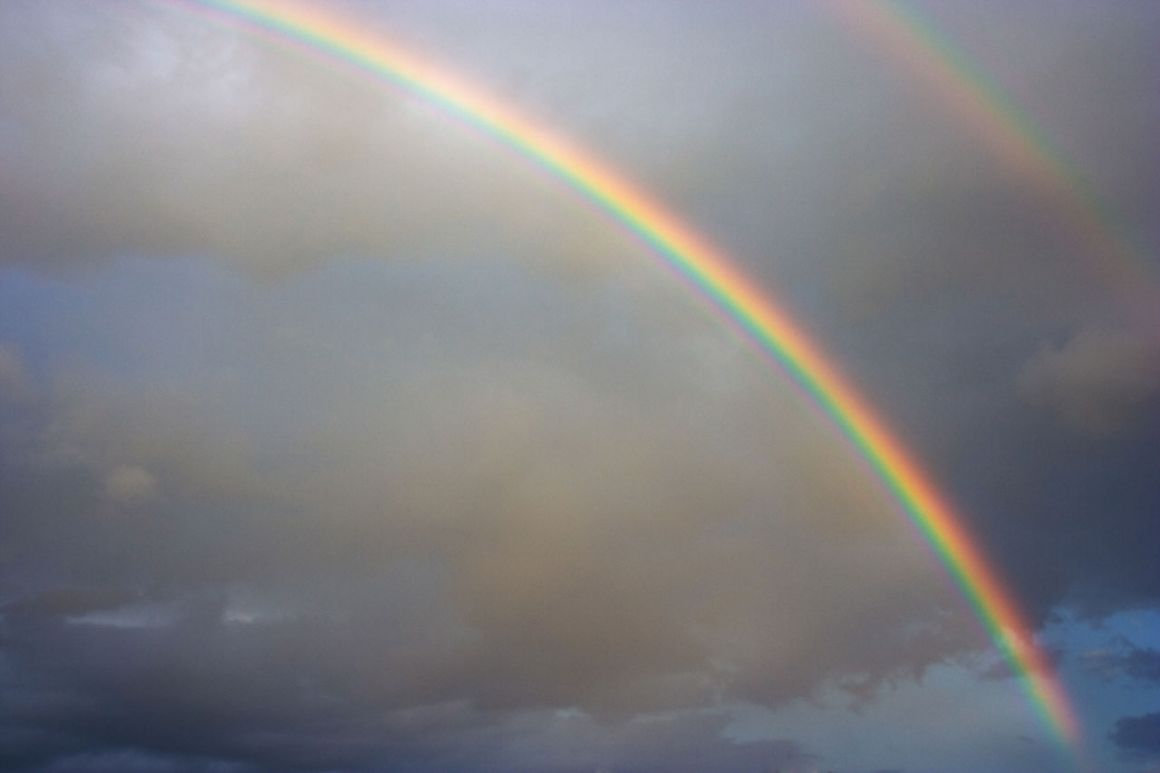Not all the light is the same
In daily life we are so used to the light that we even do not think about it. Light is like air. It is as it is. Only sometimes we note the light and admire it’s occurrences: colorful rainbow, lighting in the dark sky, sundown, colorful vitrages in the sun illuminated churches, romantic shimmering of candle light (Prof. J. Grigas. How long lasts a second).
The light, that looks “transparent” for us, is the combination of brightest colors. I.Newton during his experiments with glass prism in1666 showed, that sunlight – it is the spectrum of red, orange, yellow, green, blue and violet rays. Plants, differently than human, senses this colored light and are adapted to sunlight spectrum. Moreover, sunlight spectrum changes during the days; plants of different geographical regions and different habitats are adapted to different spectral conditions. So how artificial light could match the sun? You just need to know your plants and their needs.
Red light is always the basis of plant lighting. But for their normal growth and productivity blue rays are necessary. Here, radish will not form roots in absence of blue light. Tomato, which origins from mountainous region, needs more of blue light and a bit of UV. Cucumber, which ancestors often grew in the shade, needs less of blue light, but the green light is beneficial for them. Flowering plants requires proper balance of red and far red lights. Thus, not all the light is the same for plants. The spectrum of grow-lamps is close to plant needs with some technical limitations. High pressure sodium lamps (HPS) are the universal lighting source for plants, rich in red/orange light, but deficient in blue. Fluorescent lamps – enriched with blue-green light, but not enough of red. LED gives the possibility to combine optimal lighting spectrum from different wavelengths. However, this requires a lot of research and knowledge. Most of grow lights consists of blue and red LEDs. This spectrum is sufficient for tomato and cucumbers cultivated in greenhouse, because the background natural lighting eliminates deficiencies of other spectral colors. Plants in the room or closed cultivation systems needs wider illumination spectrum. For aromatic herbs – UV-A light is irreplaceable. However, the colored light is more expensive in electricity usage, as compared with red and blue light*. Moreover, red light is not just a red light. It is measured in wavelengths. 660 nm red light will be more beneficial for plants than 640 nm (their combination would be the best). Deep blue 445 nm LED will be superior to blue 470 nm light. Thus, you should always discuss all the grow-lamp specifications with your supplier: What is the LED lamp spectrum? Is it dedicated for greenhouse or growth-rooms? Which plants? What is the efficiency of the light unit in µmol/J as compared to alternative sources? Is the spectrum universal, or could be customized according your needs?
LED for plants – it is not only the progressive and economical light source. It also encourages its user to seek for knowledge, to know better the plants. Hortiled can tell a lot for the curious.
*Economic Analysis of Greenhouse Lighting: LED vs. HID Fictures. J.A.Nelson, B.Bugbee. PLoS ONE 9(6): e99010 http://journals.plos.org/plosone/article?id=10.1371/journal.pone.0099010


